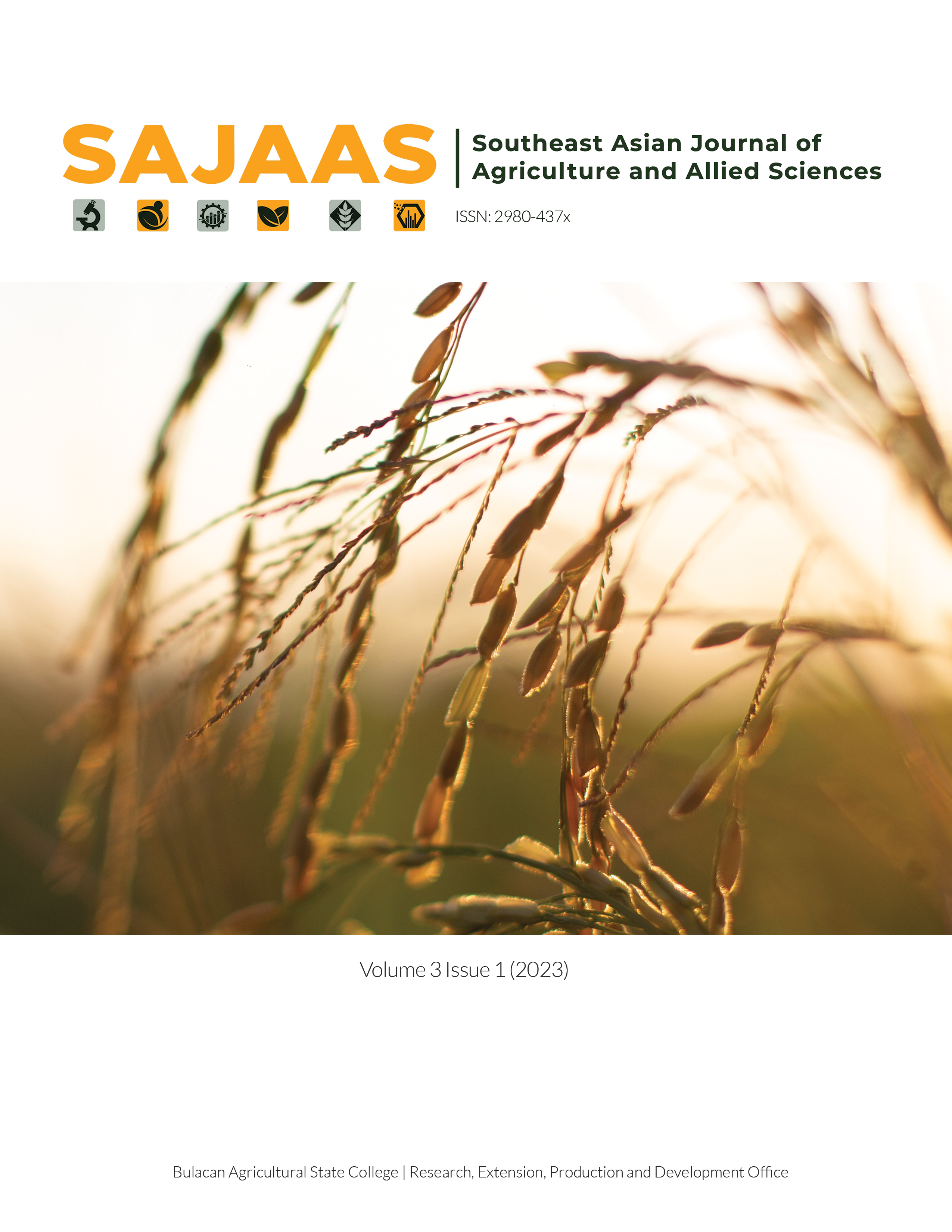Abstract
This study aimed to determine the effectiveness of the MATHUSAYA: Physical Gamification Strategy in enhancing the academic performance in mathematical fraction sense among Grade 3 learners. “MATHUSAYA,” derived from “Mathematics Masaya,” means “happiness in Mathematics." The research employed a quasi-experimental method as the research method to effectively balance practical considerations with the need for rigor in educational settings. The researchers also used this design in order for them to include more conclusive results by means of having two different groups. With 58 learners, the implementation of this strategy covered a period of four weeks. The Grade 3 Sampaguita class was exposed to the MATHUSAYA: Physical Gamification Strategy, while the Grade 3 Zinnia class continued with the traditional instructional method. To assess the performance of the students who participated in the study, the researchers utilized a pre-test and post-test designed specifically for this study, along with
weekly assessments validated by a master teacher. A paired T-test analysis was conducted to compare the significant differences between the pre-test and post-test scores of the control and experimental groups. The findings indicated that the academic performance in the mathematics fraction sense of the experimental group who experienced the strategy, improved significantly
from "Fair" to "Excellent”. The results of the pre-test and post-test analyses revealed that the MATHUSAYA: Physical Gamification Strategy is an effective method for enhancing the academic performance of Grade 3 learners in the mathematical fraction sense compared to traditional methods.
References
Abraham, I., & MacDonald, K. (2011). Quasi Experimental research. In J. J. Fitzpatrick, Encyclopedia of nursing research (3rd ed.). New York, NY: Springer Publishing Company.
Cevikbas, M., & Kaiser, G. (2020). Flipped classroom as a reform-oriented approach to teaching mathematics. Zdm, 52(7), 1291-1305. https://doi.org/10.1007/s11858-020-01191-5
Dicheva, D., Dichev, C., Agre, G., & Angelova, G. (2015). Gamification in education: A systematic mapping study. Journal of educational technology & society, 18(3), 75-88. http://www.jstor.org/stable/jeductechsoci.18.3.75
Hamari, J., Koivisto, J., & Sarsa, H. (2024). Does gamification work?--A literature review of empirical studies on gamification. Proceedings of the 47th Hawaii International Conference on System Sciences, 3025-3034. https://doi.org/10.1109/HICSS.2014.377
Hung, A. C. Y., Kinzer, C. K., & Chen, C. H. (2018). The effect of gamified environments on learners' motivation: A meta-analysis. Educational Technology Research and Development, 66(5), 1065-1087
Lavidas, K., Apostolou Z., & Papadakis, S. (2022). Challenges and Opportunities of Mathematics in digital times: Preschool Teachers’ Views. Education sciences, 12(7):459. https://doi.org/10.3390/educsci12070459
Lavrakas, P. (2008). Encyclopedia of Survey Research Methods 1st Edition. Laerd Dissertation, Lund Research Ltd. Total Population Sampling. https://www.statisticshowto.com/total-population-sampling/?fbclid=IwAR3bHV4c7WY3lj_dqRW3V0x_IFPDqVT7WGAtEHUAAoR1hUmYoEGyydyMskk
Papadakis, S., Kalogiannakis, M., & Zaranis, N. (2021). Teaching mathematics with mobile devices and the Realistic Mathematical Education (RME) approach in kindergarten. Advances in Mobile Learning Educational Research, 1(1), 5-18. https://doi.org/10.25082/AMLER.2021.01.002
Perera, H. & John, J. (2020). Teachers’ self-efficacy beliefs for teaching math: Relations with teacher and student outcomes. Contemporary educational psychology, 61. https://doi.org/10.1016/j.cedpsych.2020.101842
Rashidov, A. (2020). Use of differentiation technology in teaching Mathematics. European journal of research and reflection in educational sciences, 8(7), 163-167. ISSN 2056-5852
Song, S. H., & Kang, M. (2020). The effects of gamification-based learning on elementary school students' motivation and academic achievement in mathematics education. Sustainability, 12(6), 2415.https://www.sciencedirect.com/science/article/abs/pii/S1747938X19301058]
Su, C.H., & Cheng, C.H. (2015). A mobile gamification learning system for improving the learning motivation and achievements. Journal of Computer Assisted Learning, 31(3), 268-286. https://doi.org/10.1111/jcal.12088
Sugiyono. (2019). Metodelogi Penelitian Kuantitatif dan Kualitatif Dan R&D. Bandung: ALFABETA.

This work is licensed under a Creative Commons Attribution-NonCommercial-ShareAlike 4.0 International License.
Copyright (c) 2024 Southeast Asian Journal of Agriculture and Allied Sciences

